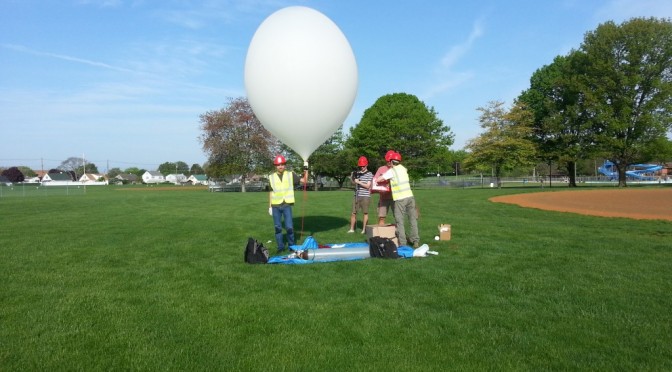Last weekend, Mark Silberberg, Middle School Principal, emailed me and other administrators here at LREI the following article:
“Our” Curriculum vs. “Their” Curriculum by Sam Levin
When people talk about student voice, they’re talking about feedback sessions and letting students be part of hiring committees. When they say, “Let’s give students a voice,” they mean, “let’s give them a seat at school board meetings.” That’s not what they need. They need a lot more. We need to give them a pen and a microphone and a hammer and a shovel and a chalkboard. We need to give them a classroom and an audience and blank sheet that says “curriculum” at the top. We need to give them a budget and a building. Kids are disengaged. They aren’t learning, and a lot of what they are learning is no longer relevant to the 21st Century. Fortunately that’s becoming more kosher to say. It’s no longer radical; people are starting to see the problems. But unfortunately, a lot of the proposed solutions aren’t radical enough. They’re superficial. People talk about giving students a voice. A seat at the table. If we’re going to solve these problems, we’re going to need more than that. We want kids to be engaged in learning, to be excited to show up and happy about school? Give them real agency in their own education. We want kids to be learning, to be passionate about their work? Let them learn things that have real meaning to them. Make them the authors of their curriculum.
Commenting on the article, educational thought leader Will Richardson added:
I’ve been arguing more and more of late that “curriculum” is a major if not the major problem in schools right now. And it’s not just that our current curriculum is in many ways outdated, irrelevant, and bloated. (I was talking to a teacher at an international IB school last week who described in depressed tones that much of his new curriculum could be summed up by one word: “more.”)
The institutional curriculum almost necessarily denies students agency over their own learning. And this is especially damaging when most kids now have the ability to create a personal curriculum around the things they truly care about learning out of the abundance of information, people, and tools they now have access to. Nothing especially new here, but worth saying again.
But creating (not giving) agency for students to build their own curriculum changes the whole game. It requires equity in tools and access. It requires trust. It requires a whole different narrative in terms of what exactly it is that we’re preparing students to be able to do. It requires being ok with not reading Shakespaere, or not speaking French, or not knowing (or caring) what a polynomial is.
And a lot more. But why wouldn’t we work toward giving kids “a classroom and an audience and a blank sheet that says “curriculum” at the top?” What are we scared of?
I love this article, and I have been sharing it with anyone and everyone. Not only does it speak to an important consideration for the future of education, but also to what we attempt to do here at the high school with our students. From honors projects, where students design and implement their own curriculum based on a specific passion with the help of a faculty mentor, to senior project, which is really a “passion project” seniors design and implement for their last several weeks of high school, we have examples of students designing their curriculum. When students have choice, they challenge themselves (“challenge with choice” as Assistant Principal Micah Dov Gottlieb puts it), and they are more engaged in their learning when they choose what they want to study!
At the same time, we can do more to support a student’s vision of relevant learning. This year, we are surveying students before determining which electives to offer for the 2014-2015 school year. We want to offer what they want to learn. We are in conversation with students about expanding honors projects into larger, self-designed and self-directed classes for year-long credit, such as the weather balloon project, “Project Leo,” considered an additional science class for three of our junior class members. They have been working on the project for most of the school year, and they look forward to the balloon launch from a field in Ohio on May 10th. The weather ballon project is just one of many examples of students participating in expansive experiments, all student driven with faculty support.
I encourage you to sit down with your student(s) and have the conversation: write “curriculum” on the top of a piece of paper. Take it from there, and share the results with us here!

